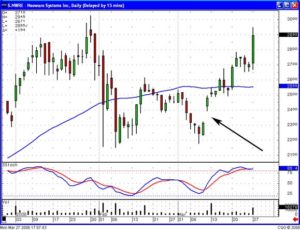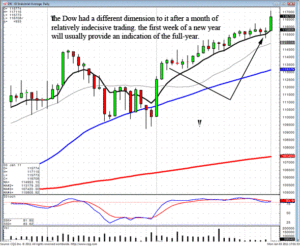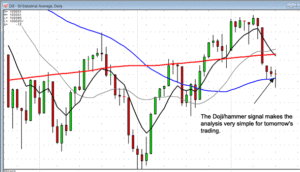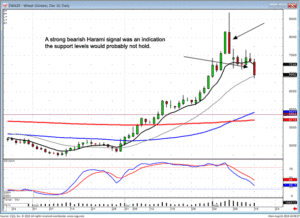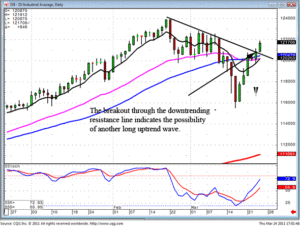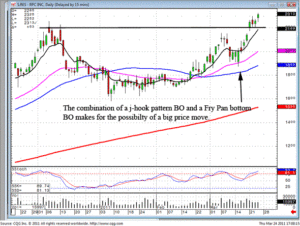Option trading education becomes a much easier process when utilizing candlestick analysis. Option trading education usually involves ‘implementation’ for option trades. Many investors want to obtain an option trading education as part of their investment strategy. Unfortunately, an option trading education without knowledge of the direction (or the non-direction) of the underlying trading entities is worthless. Candlestick analysis becomes the focal point for directional analysis. Once an investor learns how to use candlestick signals and trading patterns successfully, then they can add the strategies developed through their option trading education.
An investor should not make the mistake of emphasizing option trading as their primary profit strategy. Establishing an option trade should be one of the investment methods for exploiting price moves, after the candlestick analysis has been completed. Many investors try to find a trade that will fit the option strategy that they are trying to implement. The correct option trading education is learning the different option trading strategies so that it can be applied appropriately to fit the analyzed trade.
Candlestick analysis revealed that the markets were going to sell off over the past week. This became a very simple analysis when understanding what the signals were revealing. An Evening Star signal, right at a major moving average, becomes a strong sell signal, as we witnessed in the Dow this past week. The indication of the failure of the 50 day moving average now becomes a potential bearish pattern. Utilizing this knowledge allows investors to better analyze market direction. The same patterns in individual stocks produce the same information. And, that information is reinforced with the knowledge that the market in general should be getting weaker. Shorting those positions is one strategy. Buying puts would be another strategy. Buying puts and selling calls would be yet another strategy. The candlestick signals provide the clear analysis of when to buy and when to be sell. Your option trading education should be learning the different strategies to take advantage of price direction. The Candlestick Forum highly recommends the teaching methods of Options University. Knowing which direction a price is going to move and the knowledge to apply the best option strategy for exploiting that move (while minimizing your risk) makes for a very powerful profitable combination.
(We have received numerous requests for information on option trading.. Be on the look out….. within the next few days I will be sending you information for a ‘pilot’ program I have been urging my friend, Ron Ianneri, to put together. I know you will be pleasantly surprised.)
Market direction
The Blue Ice Failure pattern, as described by Dave Elliott of WallStreetteachers.com, reveals that when prices fail to come up through a moving average that it just came down through, the next leg of that price move is down to the previous lows or the next major moving average, the 200-day moving average. As seen in Thursday’s trading, the Dow went down through the 200-day moving average and formed a hammer/doji signal. Stochastics are in the oversold area. Is this the bottom? Probably, or there could be some junkie trading at these levels. Click here for more trading patterns and technical analysis products.
